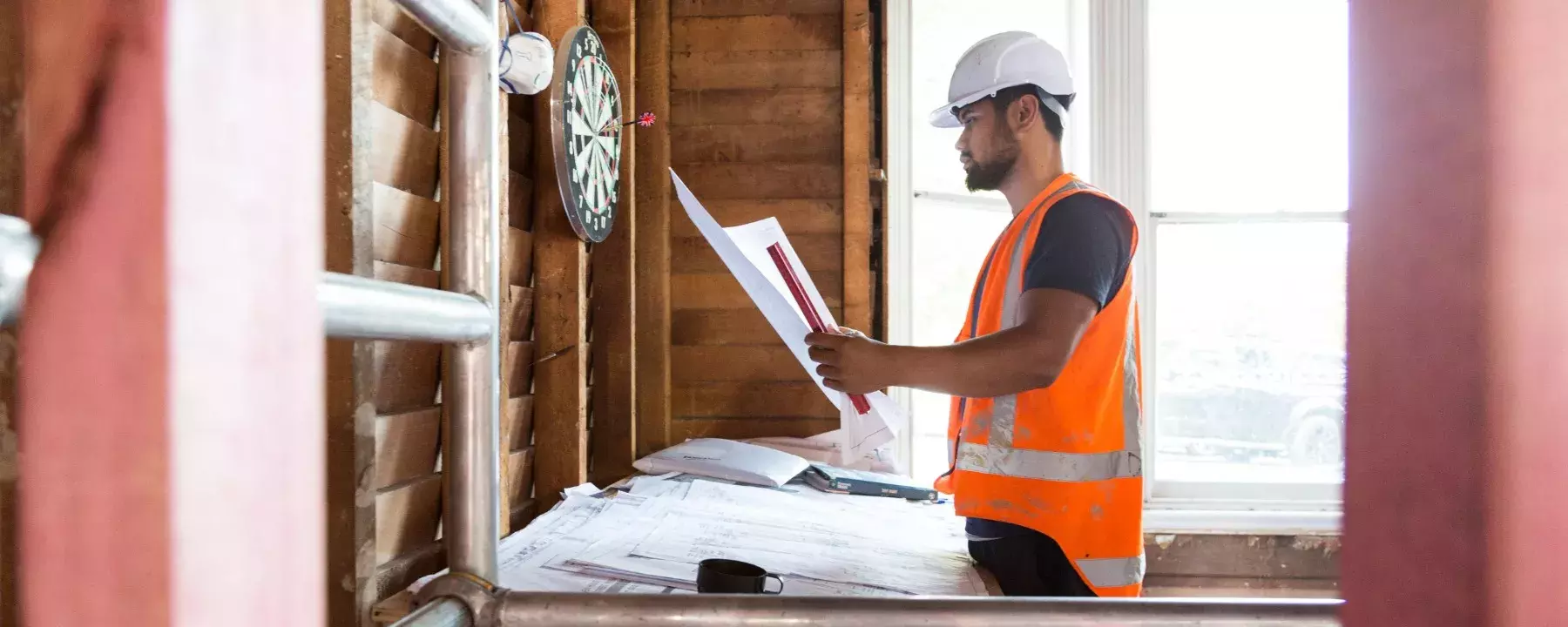We brought together leading experts from Local Authority Building Control and the National Fire Chiefs Council Building Safety Programme Team to share their views on the new Building Safety Bill and Fire Safety Bill. We discussed what it means for them, their customers, and the wider built environment sector.
In July 2020 the Government published its much-anticipated draft Building Safety Bill. Described by the housing secretary as the “biggest improvements to building safety in nearly 40 years”, the Bill seeks to bring forward a clearer regulatory system with residents’ safety at its heart.
In response to this vital new piece of legislation, we brought together leading experts from Local Authority Building Control (LABC) and the National Fire Chiefs Council (NFCC) Building Safety Programme Team to discuss and outline the requirements of the new regime. We provided an update from the new Joint Regulators Group, and discussed changes to the fire safety legislation and how they align with the Building Safety Bill.
Martin Taylor, LABC Director of Regulatory Policy, firstly provided an overview of the Building Safety Bill and an update on its progress through Parliament. The Bill establishes a new Building Safety Regulator within the Health and Safety Executive. The Regulator will oversee the safety and standards of all buildings, directly assure the safety of higher risk buildings, and ensure the competence of all people responsible for designing, constructing and inspecting them. There are three new committees set up to support the delivery of these functions and the Regulator must prepare a strategic plan, approved by the secretary of state.
The Bill also amends the Building Act of 1984, setting out a new regulatory regime for the design, construction and occupancy phases, or “gateways”, and providing for the registration of building inspectors and building control approvers. Martin pointed out that this is intended to improve competence levels of all players in the building control sector.
The Bill also makes specific provisions for higher risk buildings (defined as multi-dwelling structures above a certain height) and defines and places duties on the Accountable Person and Building Safety Managers. Finally, the Bill sets out details of a New Homes Ombudsman and improved powers to control construction products.
Martin made clear that, although the Bill provides an initial focus on high-rise buildings and has its genesis in the Grenfell disaster, it is envisaged that the Regulator will have a wider role to provide stronger oversight of safety and performance of all buildings, and the competence of all who work in building control. “They will have to prove their competency and have accountability regarding matters of building control and that will extend far beyond just [high-risk buildings],” Martin said.
The next speaker was Richard Clark, Technical Lead, Building Safety Programme Team at the National Fire Chiefs Council. Richard explored the effects the Building Safety Bill will have on the Fire & Rescue Service and how it aligns with the reform of the existing Fire Safety Bill and Fire Safety Order. He covered how these changes will improve overall safety and compliance, and enhance collaboration between Building Control Bodies and the Fire & Rescue Service.
The Fire Safety Bill is a complementary piece of legislation to the Building Safety Bill and includes recommendations that came out of the inquiry into the Grenfell disaster. The Fire Safety Bill envisages the inspection of up to 1.7m residential properties and means that fire safety officers will have the power to act on safety issues regarding the exterior structure of buildings, including balconies and front doors. Richard pointed out that these greater powers and scope would also increase workload and training requirements for fire safety teams.
Secondary legislation will also set out how multidisciplinary teams, including fire and building safety experts, will work together to ensure building safety.
The Building Safety Bill sets out fire safety requirements right from the first planning gateway. Richard hopes this will ensure more thorough engagement on issues of fire safety by planners, and that essentials such as adequate water provision for hoses will be built into the plan from the start. In addition, construction gateways two and three will also provide opportunity for fire safety experts to make contributions early in the process. As Richard mentioned: “From a Fire & Rescue Service perspective, we hope it will help our voice get heard at key points throughout the building safety landscape.”
The final speaker was Patrick Cunningham, Capita’s Director for Building Control. Patrick stressed that regulatory reform will not be enough on its own to make all residents feel safe in their homes. He emphasised the need to raise skills across the industry and to develop a strong national competence framework.
Competency is a key focus in the new Bill, which broadly sets out that only people who can demonstrate the necessary qualifications and experience will be allowed to work on high-risk buildings, and over time this will extend to any buildings. The details of standards, assessment and oversight are being worked out by a Competency Steering Group within the new Regulator. Twelve Working Groups have been formed for individual sectors to develop competency frameworks, which report to the Competency Steering Group.
Building a new framework
The working groups for Future of Building Control and Building Standards Professionals have produced a comprehensive competence framework for the building control sector. The aim is for this framework to become the competence standard used by the new Regulator for registration of persons working on high-risk buildings, and to be developed into a British Standard. As Patrick passionately pointed out; “The competence steering group focuses not just on fire safety but is also looking at developing competence for all aspects of safety of all buildings, to raise the bar and drive much-needed cultural change”.
Patrick also outlined the initiatives being undertaken at Capita to prepare for and support the new Building Safety Regime. These include:
- Carrying out a comprehensive impact assessment of the Building Safety Bill on the business
- Putting governance structures in place to track progress of the Bill and ensure appropriate provisions are in place to support the regulatory changes
- Putting a new Learning and Development (L&D) hub in place for staff
- Developing a competence matrix and identifying development opportunities for staff
- Developing strategic partnerships with the working groups established by the Joint Regulators Group and other professional bodies to ensure alignment with the Building Safety Regime requirements and provide appropriate L&D material
- Putting a structure in place to fund and deliver on quality and compliance processes.
At the beginning of the event we asked participants: “How would you rate your organisations readiness for the Building Safety Bill when implemented?” Only 15% said they “have a plan and are ready for the key challenges”, while the majority (70%) said they “don’t have enough detail on the implications to answer”. The event was a key opportunity to discuss the Building Safety Bill and allied fire safety legislation changes and provide more information on the work that’s required to comply with the regulatory changes and meet the new competency standards that are being developed.
To find out how we can help you and your organisation to prepare for the new Building Safety Regime contact localpublicservices@capita.co.uk







